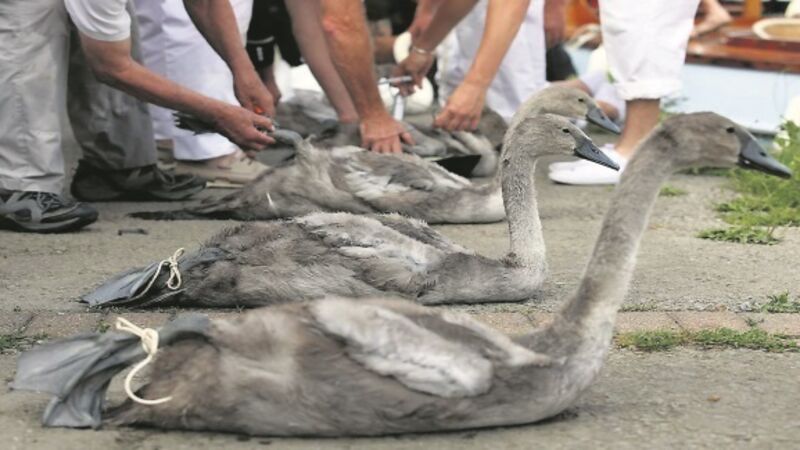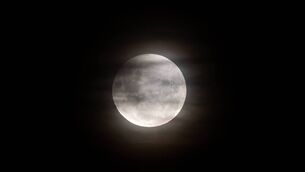Ancient census of royal swans helps to conserve the bird

A flotilla of boats, draped in flags and bunting, will assemble there. Elegantly-attired crews, armed with swan poles, will take their places on board and the little armada will set off in search of swans. Families, mostly mothers with their cygnets, will be corralled between the boats and captured. Each bird will be ringed, weighed and returned to the river.
The third week of July is chosen because, by then, cygnets are old enough to have leg rings fitted. Not yet able to fly, they are easy to catch. Mothers, having shed their worn-out wing feathers, will be growing new ones. Flightless, they too can be caught, while angry fathers, defending their families, may attack the ‘uppers’. The number of cygnets recorded during the operation last year was 83, compared to 120 in 2014.














